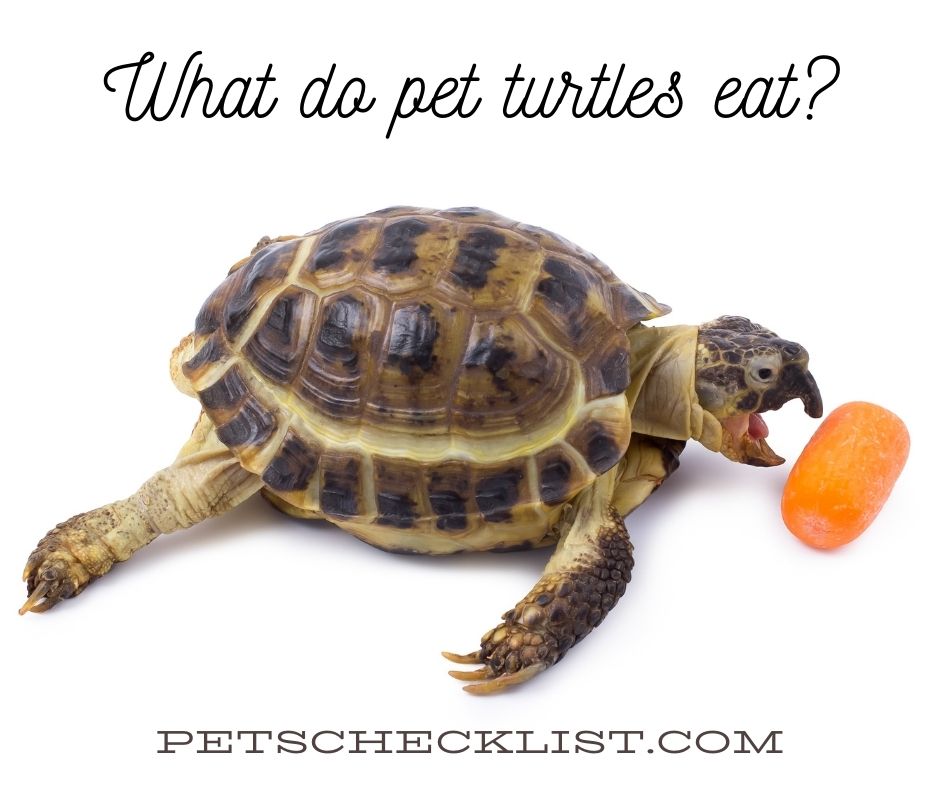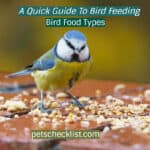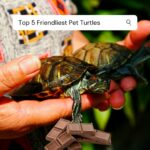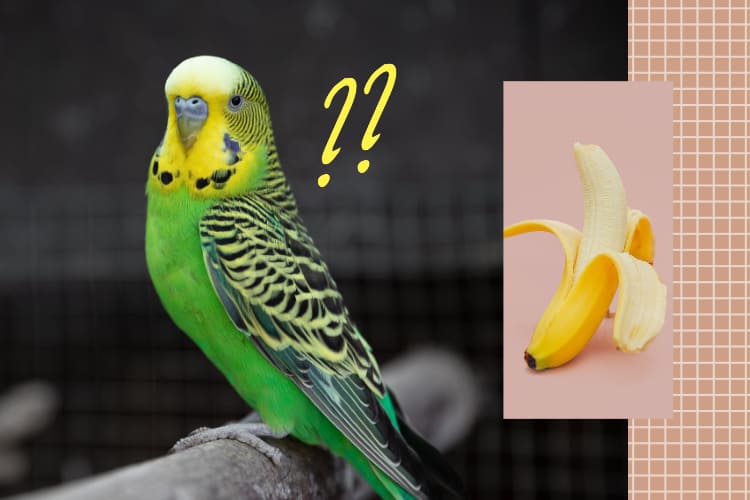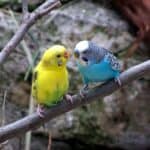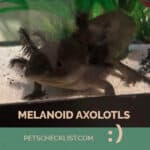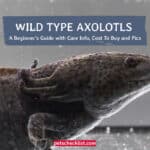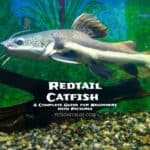Turtles are one of the most popular and friendliest reptile pets up to this day. They are indeed a great companion to keep. If you willingly want to adopt this animal, you need to provide time and effort in taking care of them. Turtles have a wide variety of diets in their chart. It includes vegetables, fruits, turtle pellets, insects, fish, and worms.
Caring does not only mean providing a safe and secured shelter but rather being curious about what food does a turtle needs, how much and often shall they eat. Despite the name turtle as a general, there are still other groups of species of turtles. They have different requirements but with the same objectives. That is to be healthy and to live long.
To make it happen, you have guidelines to follow. If you have doubts about what you already know, you can ask the vet for instant help. They are willing to discuss the proper feeding and can give the list of foods your pet turtle need in their daily routine.
Table of Contents
What Do Pet Turtles Eat?
As an owner, you are responsible for your pet turtle diet. They have the required nutrients to consume every day, and it is your job to ensure that they are eating the right food for their growth and development. However, you must consider what kind of turtle you have since there are different species of turtles. Depending on the species, turtles can be herbivores that only eat plants, carnivores that only eat meat, or omnivores where they are can eat both plants and meat. The ever-famous pet box turtle has a wide variety of food that they can eat. They can eat worms, crickets, slugs, cantaloupe, tomatoes, apples, and leafy green vegetables.
A pet turtle needs food high in Vitamin A and calcium, such as dandelion leaves. Snails are one of their favorite. Always remember that the food for your pet should be pesticide-free.
A pet turtle must also consume the following foods:
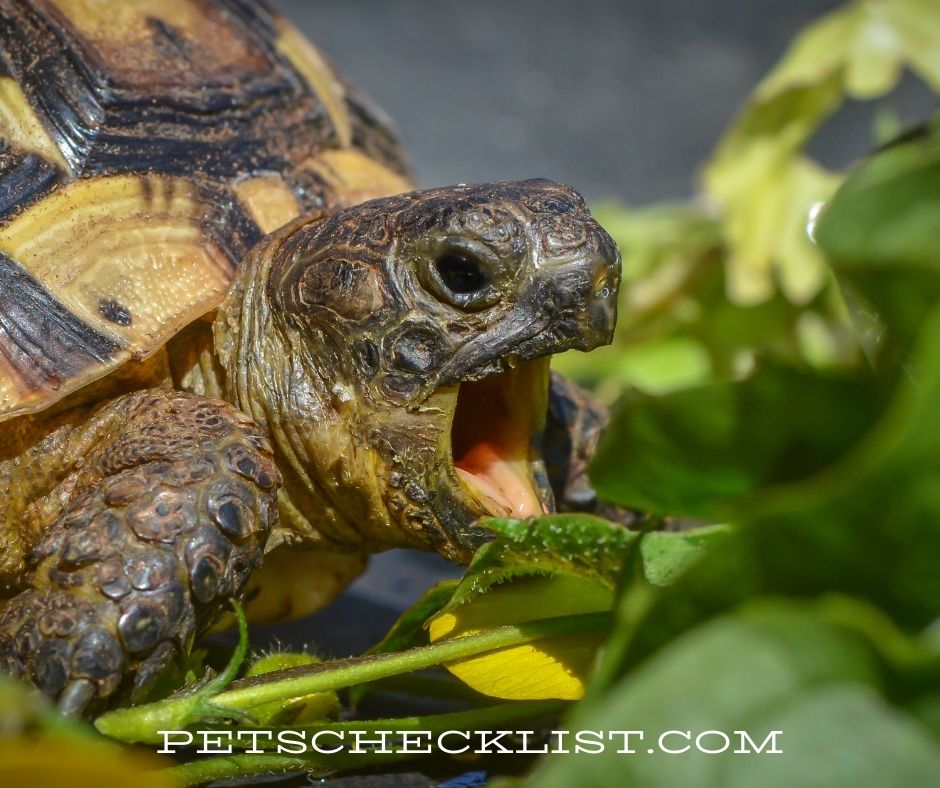
1. Fruits and vegetables
Just like humans, turtle needs fruits and vegetables too for their daily diet. Fresh produce foods can help these turtles to maintain a great shape. Feed them fruits more sparingly than vegetables. You can feed them chopped berries, apples, melons, pears, star fruit, mango, tomato, kiwis, bananas (with skin), grapes, peaches, and guava. For veggies, it is best to offer them shredded carrots, zucchini, and squash.
A chopped dark leafy greens like mustard greens, kale, and collard is highly-advisable veggies too. Corn, beans, beets, carrots, peas, and squash are also the veggies that contain the nutrients they need. For their aquatic vegetation, there are water hyacinth, water lettuce, and duckweed. Fruits and vegetables supplemented with vitamin powders and reptile calcium are preferred methods but optional. However, it is optional.
2. Commercial pelleted food
Pellets are tasty food for turtles. It is also a convenient food for these reptiles as it is well-compacted and will not fall apart. Specially formulated turtle pellets are exclusive to this animal.
Avoid overfeeding these animals as they are prone to obesity. Pellets should be 25 percent of your turtle diet. If you cannot find turtle pellets, you can have an alternative food for your turtles like a high-quality canned dog or puppy food. It has proteins, but you have to feed them a small portion only and never make it the primary source of their protein.
3. Feeder fish and insects
Another choice of food for pet turtles is frozen dried fish. Comet goldfish is one of the most nutritious fish for your pet as it contains Vitamin A with a high source of protein and a balanced amount of minerals like phosphorous and calcium.
For food sticks, you can buy this other optional food in the local pet store. They created it to give additional vitamins, minerals, and protein your pet needs for a healthy lifestyle. This food stick is a beneficial food supplement for both land and water-based turtles. Purina Trout Chow and Tetra Reptonim are some of the good brands of food sticks.
Nutrients Content Of Each Type Of Foods For Turtles
When feeding your turtle, you have to know if they are carnivores, omnivores, and herbivores. It is also essential to learn the nutritional content of each food so you can manage to balance their strict diet. Dark leafy greens contain high levels of fiber, magnesium, potassium, iron, and calcium. It also has a significant amount of Vitamin B and folate beneficial for their circulatory system and helps prevent birth problems.
The vegetables for your pet turtle contain fiber, carbohydrates, protein, Vitamins A, K, and C, calcium, and iron. Chopped vegetable salads should be in their diet as well. Sweet potatoes, parsnips, and winter squash are rich in Vitamin A. You can mix these veggies and make them as their tasty salad. Serve 1 to 2 teaspoons of dark leafy vegetables. Once you notice that they don’t eat other greens, you can remove them within four hours.
We all can agree that fruits are one of the essential and nutritious foods for humans and animals. For turtles, there are wide varieties of fruits that we can offer. Fruits have fiber that is good for their heart. Calcium, Magnesium, and Potassium support healthy bones and the normal function of their nerves and muscles. Iron for healthy blood and normal functions of all cells. Vitamin A to protect them against infections. Vitamin C heals their wounds. As you can observe, fruits are indeed one of their comfort food.
Mealworms, earthworms, and crickets are alternative and highly-nutritional sources of protein.
The mealworms include all the essential amino acids, phosphorus, potassium, and fiber. Earthworms contain copper, manganese, and zinc. Crickets naturally have all the essential amino acids, Omega-3s, Omega-6s, and B12.
Turtle Pellets are naturally nutritious. All the vitamins and nutrients of a turtle are already in the pellet as it contains Vitamins E, C, K3, B1, B2, B6, B12, H, B5, B11, and B3. These pellets also have minerals like calcium and antioxidants that act as their maintenance for better digestion and support strong bones. The vitamins and B-glucans are beneficial to boost your pet turtle immune system.
A protein level of food that contains 40-45% and fat between 6-8% is the ideal nutrient amount of your pet turtle food. When you notice that the food has already moistened, remove it as it has a lower percentage of protein and fat because of the higher moisture content. Try to look for fishmeal as it has added vitamins and minerals listed on the ingredients. For a more comprehensive understanding of the nutrients they need, consult a vet. Conducting research may not be an advantage for you since there are many species of turtles. Each of them requires different nutrients they need to consume each day.
What Do Wild Turtles Eat?
Just like other reptiles, turtles can eat whatever they see. In the wild, turtles are mainly carnivorous when they are young. Their body needs proteins for growth and development. While they are growing, they need vitamins and nutrients that they can find in feeder fish livers. These creatures can eat small insects, beetles, caterpillars, and fish. Wild turtles can be aquatic and land turtles. There is only one meal that water and land turtles can share, and it is the carrion or decaying flesh. They have different required diets because of their habitat.
Wild Aquatic Turtles
Wild aquatic turtles have exposure to proteins that they can catch in the water like fish, mussels, insect larvae, water plants, algae, fallen fruits, clams, crickets, snails, and crayfish. Massive aquatic turtles like snapping turtles can eat ducks or other birds near the water surface. Yes, water turtles can catch a bird relaxing near the water. Another situation is when fruit from a tree falls into the water. They would grab and enjoy it as their meal. When they eat fish, they are eating it whole since no one can chop the fish. They eat it whole with scales, bones, and guts. When you are adopting an aquatic turtle, make sure that you can adjust to their eating habits. For assurance, you can contact a Vet to guide you in their proper nutrition.
Wildland Turtles
Most wildland turtles are herbivores. They tend to eat what they see. Leaves, grass, wildflowers, cactus pears, cacti, blueberries, palmetto berries, and raspberries are some of the foods this wild turtle eats. Since these foods are easy to find because they live inland with a sufficient supply of these foods, wildland turtles receive enough nutrients. Wildland turtles only tend to live short because of the vicious attacks of other wild animals. They do not die because of their diet. Sudden death occurs because they were heavily injured since these animals don’t have the same energy as other wild ones. Hunting their food is one of their favorite activities to do. When they see a familiar food that they usually eat, they won’t hesitate to grab it.
If you are considering bringing home a wild turtle, forget it. It is illegal to own turtles in several countries as you are damaging the wild turtle population. These wild turtles don’t also make good pets. They are fine on their own in the wild, and if you force this animal to come with you, expect some sudden situations where it would be hard for you to keep a wild turtle. What do you expect?
They came from the wild, and they are free to eat whatever they came across. It would also be hard for you to bring home all the foods they eat in the wild. Some of these foods are insects which is not a good idea to take as it is harmful. To avoid any violations against the law, you can get a turtle in an authorized local pet store, licensed breeder, or dealer. They would thoroughly explain the foods they should eat with the nutrients that they need.
How Much Should I Feed My Turtle
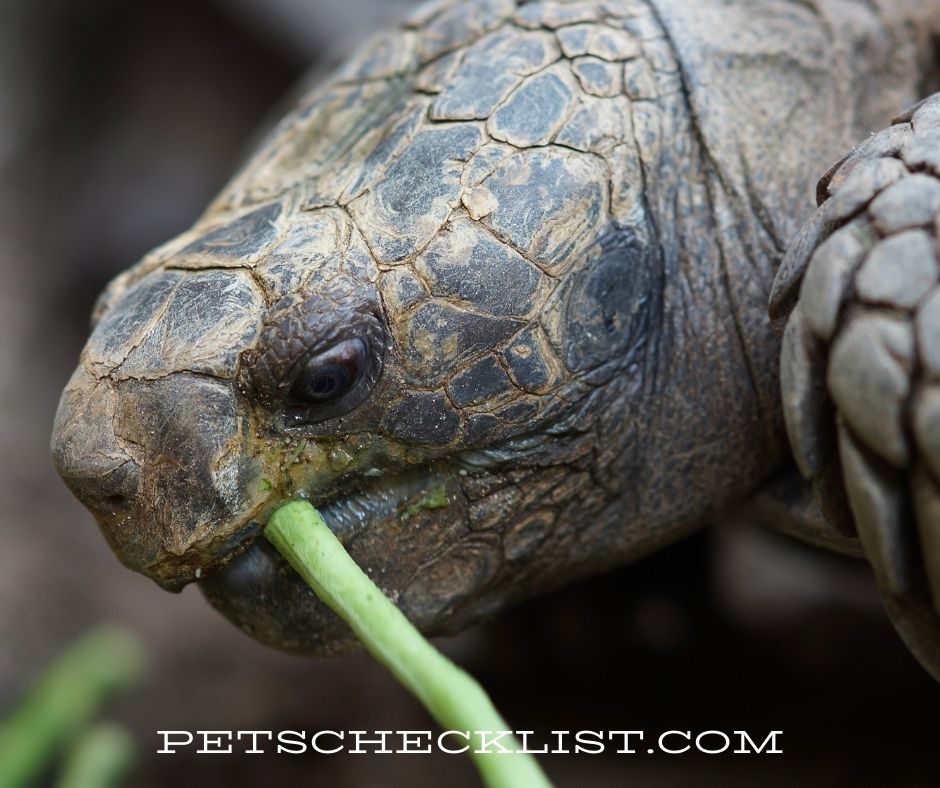
Your responsibility doesn’t just stop in ensuring that you are feeding your pet turtle the right foods. You have to consider how much food you should provide. Giving large amounts of food is inappropriate for your pet. Overeating can cause obesity. It would be difficult for your adorable pet to digest these foods, as it may result in other complications. When they eat leafy greens or other vegetables, it should measure 1 to 2 teaspoons. These foods should dominate as 50% of their diet.
For turtle pellets, you can put a bunch into a plastic bag like sandwiches. Squeeze the end and twist a bit so that it resembles your turtle’s head. Compare it to your pet’s head and see if it is smaller or not than it should be. Once you get the right size, get a teaspoon, tablespoon, or measuring cup. Measure it as it will get you the exact amount you should feed. Remember that turtle pellets are 25% of their diet.
You can give your pet turtle as many mealworms and feeder fish as long as it fits around the size of its head. These meals are part of their 25% diet. Experts recommend using measuring tools such as a teaspoon, tablespoon, and measuring cup to get the right amount of food and maintain a balanced diet for your turtle.
How Often Do They Eat In A Day
You might be wondering how often you should feed your turtle. If you have a juvenile or baby turtle feeding them every day is okay. Once they reach adulthood, turn every day into every other day or 4 to 5 times a week inexact. Observe how your pet responds through the frequency of feeding You can determine if you will increase or decrease the amount of food once you see any changes in their weight. For assurance, go to the vet and seek expert advice on the proper feeding for your pet.
Baby turtles should be fed every day and must consume vitamins and calcium supplements every three times a week. They are active in the morning and afternoon. So, it is the perfect time to feed your turtle. Most owners ask why their cute pet needs to eat every day even though they are still a juvenile. The answer is simple. They need food the most for faster development.
When you have adult turtles, they are considered mature. They should only eat every other day or every three days. To ensure that they will not get any bacteria or health problems, remove any uneaten food from your turtle’s habitat after they eat for about 20 minutes. It is okay to let live foods like fish, earthworms, and crickets in their food pot.
Final Thoughts: What do pet turtles eat?
One of the essential things to do as the owner of these turtles is to give them what they need. Foods are one of their primary needs in life. Once given the proper treatment and the appropriate meals every day, expect your pet to serve as your companion for many years. They can live long and live whenever they want as long as they will not experience inadequate food. Some reports said that there are turtles that can live over 100 years. To make it possible with your pet, you have to be a hands-on owner of this lovely creature. Respond as quickly as possible to their needs, and you will get to experience their loyalty for a very long time.
Again, the foods that your pet turtle will eat depends on what kind of species of turtles they are. Spend time to research the daily diet of your pet. You will discover more about the nutrients they need. For other relevant information about their food, search the activities that would make them eat if they are not eating. You can apply it to your pet as long as you see it beneficially. Giving them occasional treats like meats will surely be helpful too.
If you love our pet content, we invite you to follow us on our social media outlets for more updates!
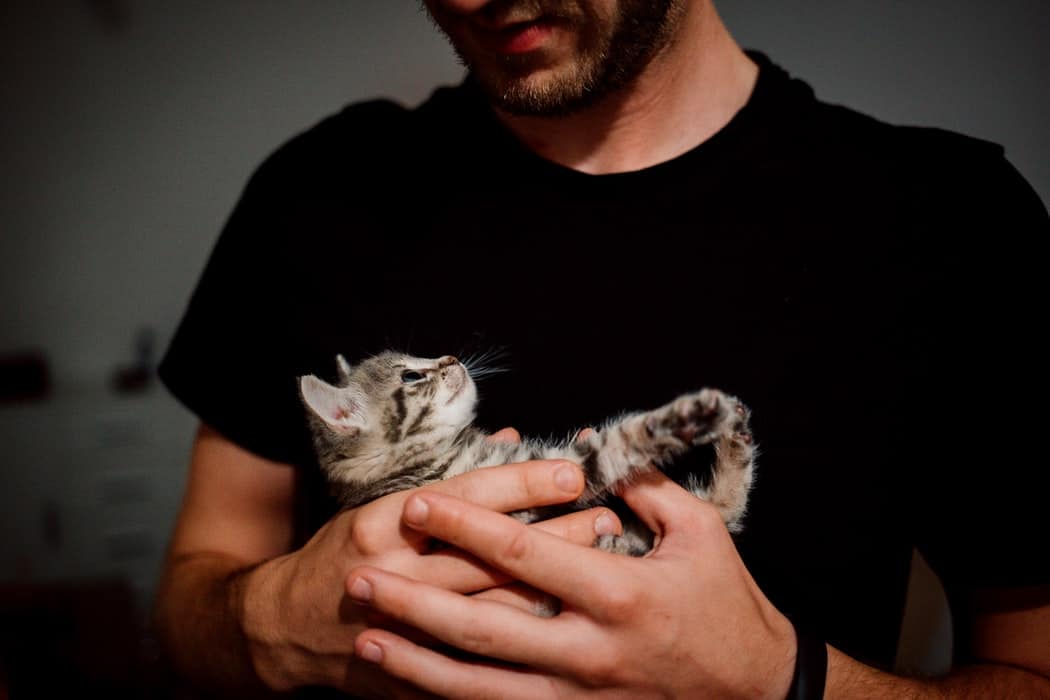
Hezekiah is a pet lover since birth, according to his parents. He started writing for the Pets Checklist in 2020. He is fond of playing with and taking pictures of different friendly animals around his neighborhood. He loves to read and write articles about pets, science, and music.

